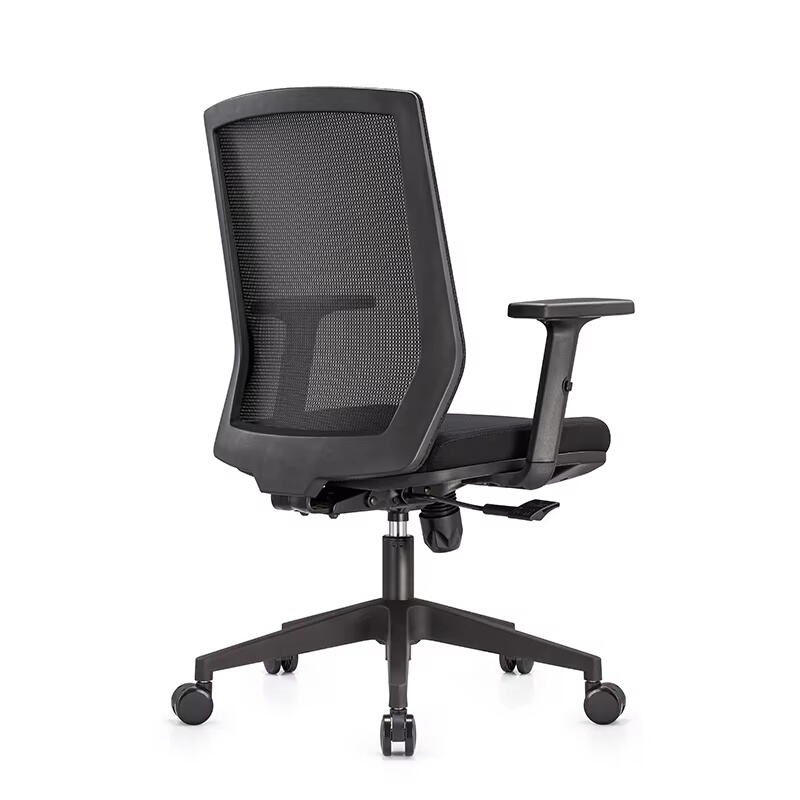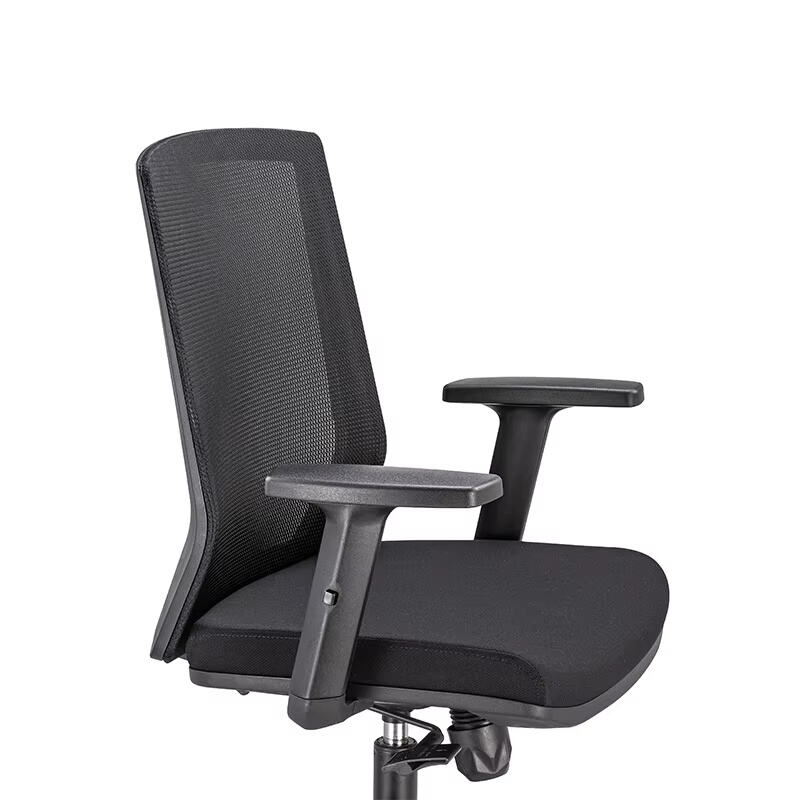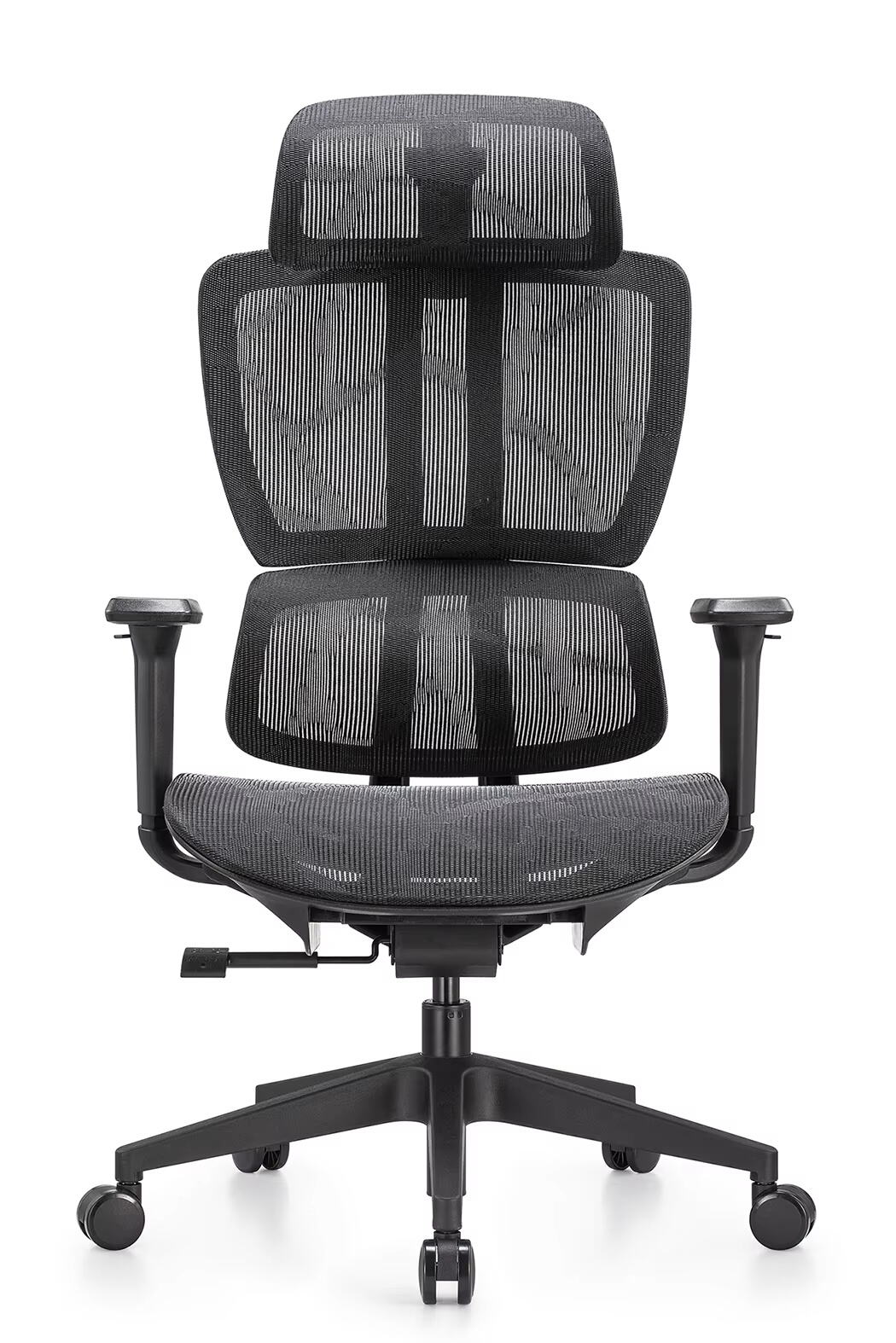
Enhancing Workplace Wellness Through Better Seating
In today’s fast-paced work environments, the role of physical comfort in driving mental clarity and performance is more important than ever. Among various ergonomic upgrades in the workplace, chairs for office use play a critical part in supporting employee well-being. These chairs are more than just furniture; they are tools that contribute to better posture, improved concentration, and long-term health benefits. When chosen carefully, chairs for office setups can make a substantial difference in day-to-day productivity and job satisfaction.
Ergonomic Support and Physical Health
Maintaining Healthy Posture
Chairs for office environments are specifically engineered to support the spine's natural curve. Many come equipped with features like adjustable lumbar support and contoured backrests that help users maintain a healthy seated position throughout the workday. Maintaining proper posture can prevent musculoskeletal issues such as lower back pain and neck stiffness, which are common among office workers who spend long hours at their desks.
Alleviating Common Aches and Pains
Physical discomfort in the workplace is often linked to improper seating. Chairs for office use with adjustable armrests, seat height, and tilt mechanisms allow for personalization based on body type and sitting preferences. This customizability helps reduce pressure points on the hips, shoulders, and lower back, contributing to an overall reduction in pain and fatigue.

Boosting Mental Focus and Efficiency
Supporting Concentration Through Comfort
Discomfort can be a silent productivity killer. Chairs for office settings that provide adequate cushioning, support, and mobility enable employees to focus better without the distraction of aches or poor seating angles. When employees are physically at ease, their cognitive functions are more likely to operate at peak performance.
Reducing Workplace Fatigue
Fatigue doesn't always stem from overwork; it can also arise from prolonged periods of poor posture and physical discomfort. Chairs for office professionals that include reclining features and breathable fabric designs help regulate body temperature and encourage periodic movement, both of which combat fatigue and improve overall energy levels throughout the workday.
Personalization and Flexibility
Adjustable Features for Tailored Comfort
Not every employee has the same ergonomic needs. Chairs for office use often feature multiple adjustment options, such as seat depth, headrests, lumbar support, and tilt tension. This allows each individual to customize their chair to align with their body dimensions and work style, promoting optimal comfort and reducing the risk of repetitive strain injuries.
Accommodating Various Work Habits
From high-intensity typing sessions to relaxed conference calls, the range of activities performed at a desk is vast. Chairs for office work that offer dynamic adjustability allow workers to shift positions easily without compromising comfort. This adaptability fosters movement and flexibility, key elements in maintaining physical health during long work hours.
Long-Term Health and Cost Benefits
Preventing Chronic Conditions
Consistent use of poorly designed chairs can lead to chronic health issues, including herniated discs, sciatica, and persistent muscle strain. By investing in high-quality chairs for office environments, organizations can significantly decrease the likelihood of these conditions among their staff. The long-term benefit is a healthier workforce and reduced absenteeism.
Saving on Healthcare and Replacement Costs
Though premium chairs for office use may come with a higher initial cost, they often prove more economical over time. Their durability reduces the need for frequent replacements, and their health-supportive features can lower medical expenses related to posture and back-related issues. This makes ergonomic chairs a smart investment for both businesses and employees.
Emotional and Psychological Advantages
Enhancing Mood and Morale
Comfortable seating can positively influence employee morale. Chairs for office use that are visually appealing and physically supportive contribute to a more inviting and motivating work environment. When employees feel that their well-being is valued, job satisfaction and engagement often increase.
Reducing Stress and Anxiety
Pain and discomfort can heighten stress levels and reduce emotional resilience. Ergonomic chairs for office professionals alleviate many of the physical stressors associated with extended sitting. The result is a calmer, more composed mindset that enables better problem-solving and interpersonal communication.
Environmentally Responsible Choices
Eco-Friendly Manufacturing Practices
Many modern chairs for office settings are made with sustainable materials and eco-conscious manufacturing techniques. These products minimize environmental impact while delivering high-performance ergonomic benefits. Choosing such chairs reflects a commitment to both employee health and environmental stewardship.
Promoting Sustainability Through Durability
Chairs for office use that are built to last help reduce waste and consumption. Their extended life cycles mean fewer resources are spent on manufacturing, shipping, and disposal. Businesses that prioritize durable, sustainable office furniture contribute to a more responsible consumption model.
Versatility in Workspaces
Ideal for Remote and Hybrid Work
With the rise of flexible work arrangements, chairs for office use are no longer confined to corporate settings. Home offices benefit immensely from ergonomic seating options that bring the comfort and functionality of the traditional office into residential spaces. This ensures consistent support regardless of location.
Compatibility with Modern Office Designs
Today’s workplaces often feature open layouts, hot-desking, and shared spaces. Chairs for office use that combine ergonomic performance with sleek aesthetics fit seamlessly into these environments. Their versatile design makes them suitable for various roles and departments, enhancing uniformity and usability across the organization.
FAQs
What makes a chair suitable for office use?
A chair is suitable for office use when it offers ergonomic features such as adjustable seat height, lumbar support, armrests, and a stable base. These features help maintain good posture and reduce discomfort during long work hours.
How often should chairs for office settings be replaced?
High-quality chairs can last anywhere from 5 to 10 years depending on usage. However, it’s important to regularly inspect them for wear and loss of support and replace them when they no longer provide adequate ergonomic benefits.
Are chairs for office use different from gaming chairs?
Yes, chairs for office use are generally designed for upright posture and prolonged desk work, while gaming chairs often have a reclined back and are built for immersive screen time. Office chairs typically offer subtler designs and more adjustable features for everyday work activities.
Do chairs for office environments really help reduce back pain?
Yes, ergonomic chairs with proper lumbar support and seat design can significantly reduce lower back strain and promote spinal health, making them effective tools for minimizing or preventing back pain.










